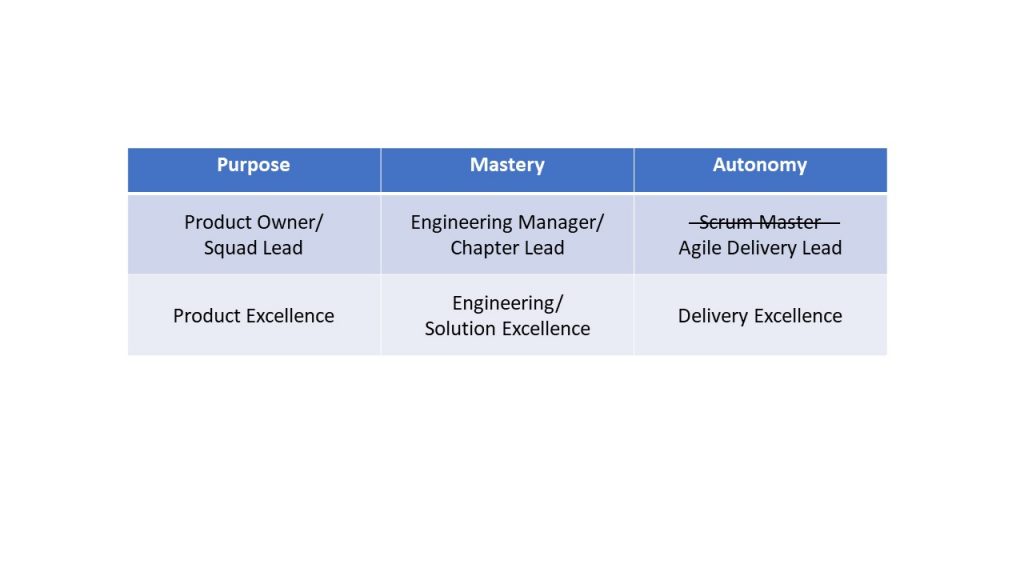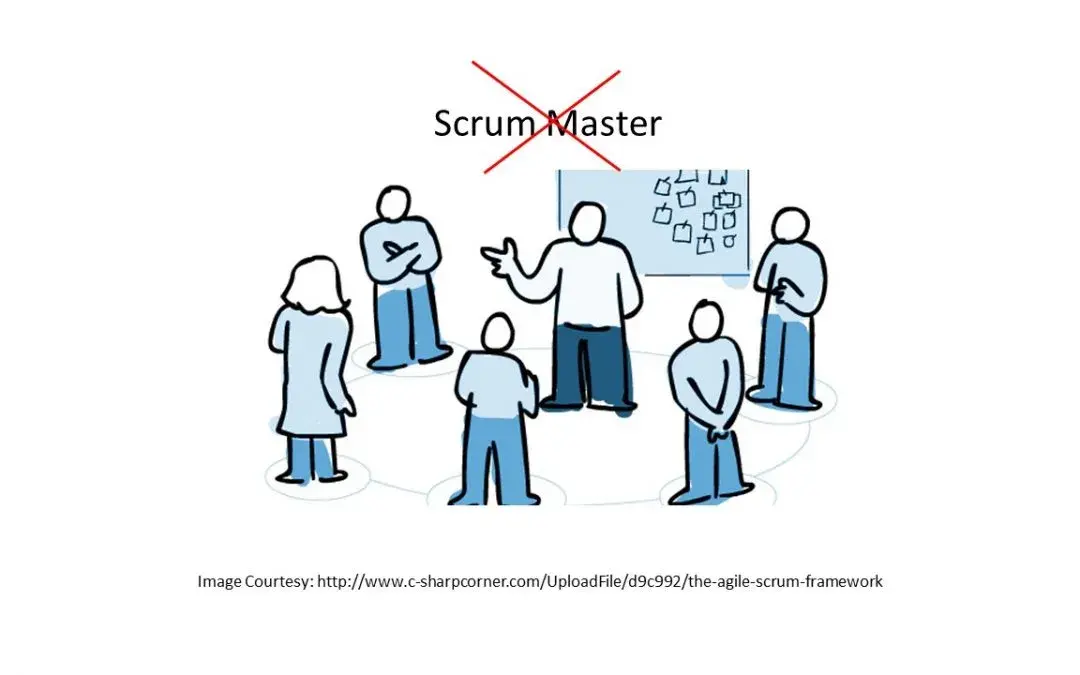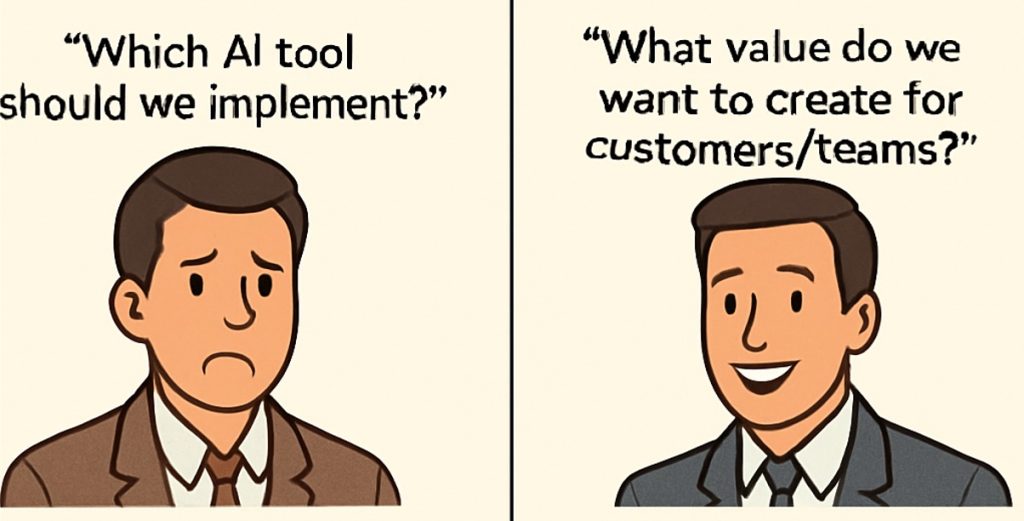There are many discussions going on in the industry on the appropriateness of the word Scrum Master:
- Why not Agile Master? Is Scrum = Agile?
- It’s not gender neutral. Would women playing the role be Scrum Mistress?
- If it’s about mastery, does just a certificate make someone a Master?
- If this role is Scrum Master, are the rest of the team Scrum Slaves?
- ….. and so on.
Ah, what’s in a name? Why bother? Name is very important. It creates the identity – how one perceives about oneself and how others look at them. Subconsciously it influences the mindset and behavior, both by the person playing the role and the others interacting with that role.
There are many negative impacts of over-emphasis of Scrum as Agile. Agile is more than Scrum. Scrum, in essence, is a lightweight iterative project management practice, dealing with estimation, planning, tracking and continuous improvement.
Here are some patterns (actually Agile anti-patterns) negatively impacting the industry because of Agile = Scrum syndrome:
- Biggest casualty of over-emphasis of Scrum as Agile, is the lack of focus on Architecture, good Engineering practices and Product Quality. People think if they are doing some sprints, stand-ups, retros, the organization is Agile.
- Leaders/Managers think Agile is all about changing the Team to implement Scrum and no change required in them and at their level.
- Diminished value of Scrum Master role. It’s a Leadership role; but it gets reduced to project secretary role, just scheduling and coordinating Scrum ceremonies/events. Missing the outcome focus on Agility.
- Scrum Master role is highly under-valued and under-staffed by Leaders/Managers – multiple-hat SMs, putting junior people for the role, rotating part-time SMs, etc.
- SM role is not an aspirational role in most organizations, as Leaders/Managers don’t see it as an important role. SM role becomes a dead-end as organization does not have answer to what next after SM role.
- …. and more.
We can address these issues if we relook at this important role and reposition SM role as a leadership role.
Purpose, Autonomy and Mastery are the important ingredients for Agility. The Purpose dimension, the business/customer problem to solve, is anchored by Product Owners/Squad Leaders. The Mastery dimension is anchored by Engineering Managers/Chapter Leaders. The Autonomy dimension, building a self-organizing collaborating autonomous team, delivering higher value to Customers faster, is anchored by Scrum Masters. Isn’t it more appropriate to call this role as Agile Delivery Lead?

In Scrum Master name, the scope becomes Scrum and focus goes on to the Scrum ceremonies/events.
In Agile Delivery Lead, the focus is on
- Agile, which is more than Scrum
- Delivery focuses on outcome, delivering value
- Lead positions it as a Leadership role, rightfully so.
(Of course, this should not be mistaken to traditional Delivery Manager role. Autonomy cannot be created by command-control leadership style, it needs to be facilitative/servant leadership approaches)
So, is it time to reposition and change the Scrum Master name/role to Agile Delivery Lead?
I rest my case. Over to the juries.





